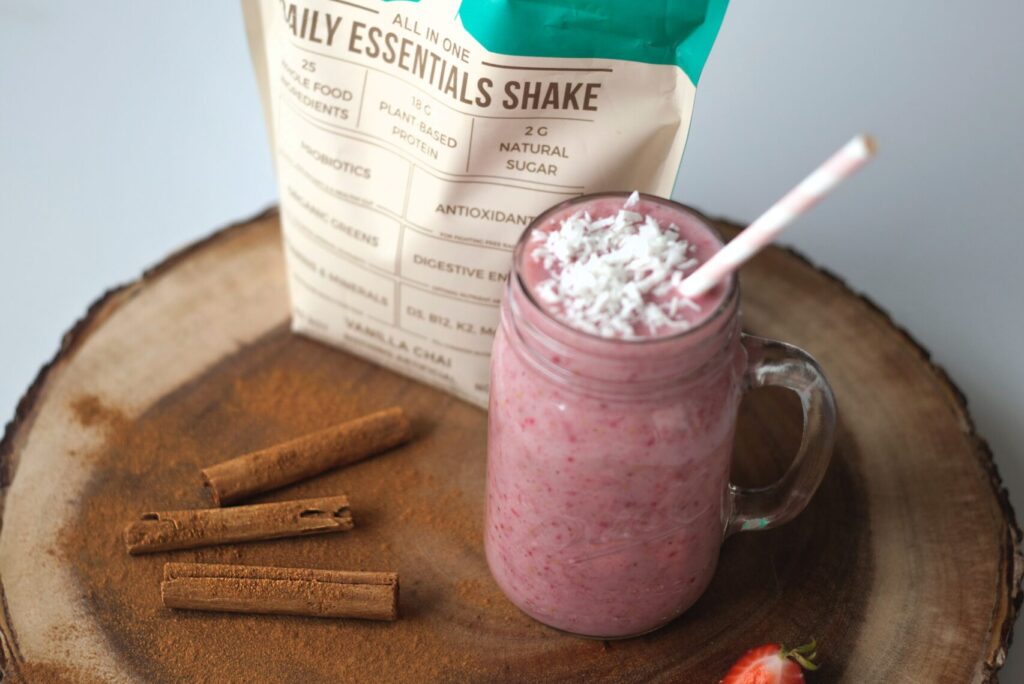The ketogenic, or keto, diet has gained immense popularity as a strategy for weight loss, improved energy levels, and enhanced mental clarity. This high-fat, low-carbohydrate diet shifts your body into ketosis, a metabolic state where fat, rather than carbs, is burned for energy. Effective meal planning is crucial for anyone embarking on this dietary journey, as it ensures you stay within your macronutrient targets and enjoy a variety of nutritious and delicious meals. This guide provides essential tips and a basic plan to help you successfully navigate meal planning on the keto diet.
Understanding the Keto Diet:
The keto diet typically consists of approximately 70-75% fat, 20-25% protein, and 5-10% carbohydrates. By drastically reducing carbohydrate intake, the body is forced to use fat as its primary energy source.
Benefits of Meal Planning on Keto:
- Ensures Macronutrient Ratios Are Met: Proper planning helps you achieve the right balance of fats, proteins, and carbs to maintain ketosis.
- Prevents Temptation: Having a plan reduces the likelihood of reaching for non-keto-friendly snacks or meals.
- Saves Time and Money: Knowing exactly what you need for your meals can minimize grocery shopping time and reduce food waste.
Key Components for a Keto Meal Plan:
- Fatty Proteins: Opt for grass-fed meat, fatty fish (like salmon and mackerel), and eggs. These provide essential proteins without excessive carbs.
- Low-Carb Vegetables: Focus on leafy greens (spinach, kale), cruciferous veggies (broccoli, cauliflower), and other low-carb options like zucchini and bell peppers.
- Healthy Fats: Incorporate sources like avocados, coconut oil, olive oil, butter, and cheese. Nuts and seeds are also great but should be consumed in moderation due to their carb content.
- Dairy: Choose high-fat dairy products such as cheese, heavy cream, and sour cream. Be mindful of milk, which contains lactose, a sugar that can add up in carbs.
Sample One-Week Keto Meal Plan:
Day 1:
- Breakfast: Scrambled eggs with spinach and mushrooms cooked in butter.
- Lunch: Caesar salad with grilled chicken, cheese, and avocado.
- Dinner: Zucchini noodles with creamy salmon sauce.
Day 2:
- Breakfast: Keto smoothie with avocado, coconut milk, spinach, and protein powder.
- Lunch: Lettuce wraps with turkey, cheese, and mayo.
- Dinner: Beef stir-fry with mixed low-carb vegetables.
Day 3:
- Breakfast: Almond flour pancakes with berries and whipped cream.
- Lunch: Cobb salad with hard-boiled eggs, avocado, bacon, and blue cheese.
- Dinner: Grilled pork chops with asparagus and hollandaise sauce.
…Continue with similar meal structures for the rest of the week, ensuring variety and adherence to keto macronutrient ratios.
Meal Planning Tips:
- Prepare in Advance: Cook large batches of keto-friendly meals to save time during the week.
- Snack Wisely: Keep keto-friendly snacks like cheese, nuts, and olives handy to curb hunger between meals.
- Stay Hydrated: Drink plenty of water and consider supplementing with electrolytes to avoid the “keto flu.”
- Adjust Based on Results: Monitor your body’s response. If you’re not seeing desired results, adjust your macronutrient ratios or overall calorie intake.
Meal planning on the keto diet can be both enjoyable and effective when done correctly. By focusing on nutrient-dense, high-fat, low-carb foods, you can experience the full benefits of ketosis while enjoying delicious and satisfying meals. Remember, the key to success with keto, as with any diet, is consistency and listening to your body’s needs.
Embark on your keto journey with confidence by utilizing this guide to meal planning. Share your favorite keto recipes or tips in the comments below, and join our community for more insights into healthy eating.



